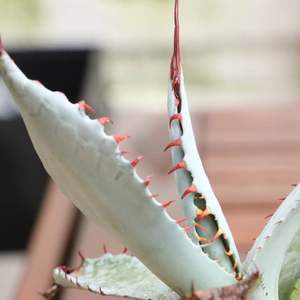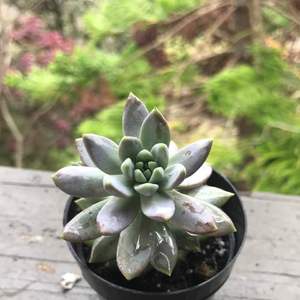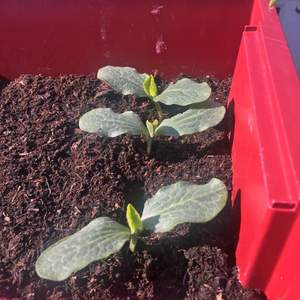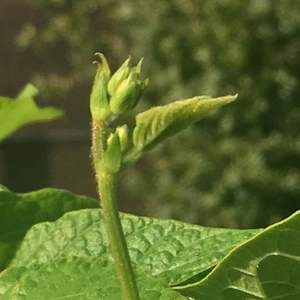文章
Miss Chen
2018年09月01日

Russian sage is a 3 to 5-foot tall perennial with purplish blue flowers and silver foliage. It has fragrant leaves and it blooms from mid-summer season to the fall. It is a good plant for fall color in the garden, to use for dried or cut flowers, or to attract butterflies. Russian sage can be propagated by division every three years in the spring season or fall.

Step 1
Make sure the plant isn't in active bloom and that the buds are dry. Russian sage is not in active bloom when the buds are dry, even though it may still look active.
Step 2
Cut down the stems to approximately 6 to 8 inches high with garden trimmers. After cutting, dig up the plant with a shovel, creating a wide circle around it to get as much rootball as can be salvaged.
Step 3
Remove soil around the roots and divide them into thirds if the plant is big enough, (in half if it is small). Pull the roots apart with your hands.
Step 4
Keep the roots in water while you are transplanting.
Step 5
Dig a new hole as deep as the length of the roots for divided plants with shovel, adding in manure and compost to add nutrients to the soil.

Step 6
Set the plant's crown at the surface of the dirt, pulling dirt around the plant's roots as you continue.
Step 7
Water Russian sage after the rootball has completely been covered in amended soil (soil with the added nutrients in step 5) and patted down (to ensure stability).
Step 8
Mulch around the plant when the ground is about to freeze, sometime before the first "hard freeze" in your area. Mulching prior to ground freeze will keep the plant insulated and ensure it survives the winter.

Step 1
Make sure the plant isn't in active bloom and that the buds are dry. Russian sage is not in active bloom when the buds are dry, even though it may still look active.
Step 2
Cut down the stems to approximately 6 to 8 inches high with garden trimmers. After cutting, dig up the plant with a shovel, creating a wide circle around it to get as much rootball as can be salvaged.
Step 3
Remove soil around the roots and divide them into thirds if the plant is big enough, (in half if it is small). Pull the roots apart with your hands.
Step 4
Keep the roots in water while you are transplanting.
Step 5
Dig a new hole as deep as the length of the roots for divided plants with shovel, adding in manure and compost to add nutrients to the soil.

Step 6
Set the plant's crown at the surface of the dirt, pulling dirt around the plant's roots as you continue.
Step 7
Water Russian sage after the rootball has completely been covered in amended soil (soil with the added nutrients in step 5) and patted down (to ensure stability).
Step 8
Mulch around the plant when the ground is about to freeze, sometime before the first "hard freeze" in your area. Mulching prior to ground freeze will keep the plant insulated and ensure it survives the winter.
0
0
文章
Miss Chen
2018年09月01日

Russian sage blooms with bright purple flowers that resemble lavender, mixing well with its gray-green leaves and adding a depth of color to any garden. The hardy perennial plant is drought resistant, and though it carries the name "sage," is not part of the edible sage family. Move your Russian sage to ground that will not flood in the winter or dangerously soak the plants root system.

Preparing the Site
Loosen the soil and add compost to prepare the new growing site before transplanting Russian sage. The soil for growing Russian sage must be loose to encourage water to drain. Mixing compost into the planting site also helps drainage, and provides evenly moist soil. At any frost-free time of year, loosen the soil in the new growing site to a depth of 12 to 15 inches using a garden fork. Spread a layer of compost 2 to 4 inches thick, and mix it into the soil with the garden fork.
Digging Up Russian Sage
Russian sage requires careful removal to minimize damage to its root system. Growing 3- to 5-feet tall and 2- to 4-feet wide, Russian sage can have an extensive root system, and some damage is unavoidable. Digging up the plant carefully is unlikely to cause serious harm. Push a garden fork into the ground about 1 foot from the Russian sage's central stem, and lever the end of the fork upward. Repeat this around the plant's base, slowly working the root ball out of the soil. Wear gloves when handling the plant, since the leaves may cause irritation or an allergic reaction. Lift the plant out, and put it down on the soil's surface. Break off excess soil in areas that contain no roots, to lighten the plant's weight.
Moving Russian Sage
Take the Russian sage to its new growing site immediately after digging it up to prevent its roots from drying out. Russian sage is drought-tolerant and low-maintenance and should suffer few problems from transplanting, but replanting it right away increases the chances of success. Dig a hole 2 1/2 feet wide and as deep as the depth of the Russian sage's root ball, which is usually about 1 foot. Place the plant in the hole so that it's level and sitting at its original growing depth. You may need to add or remove soil at the base of the hole. Fill in the gaps around the root ball with dug soil, and gently firm the plant in its hole.
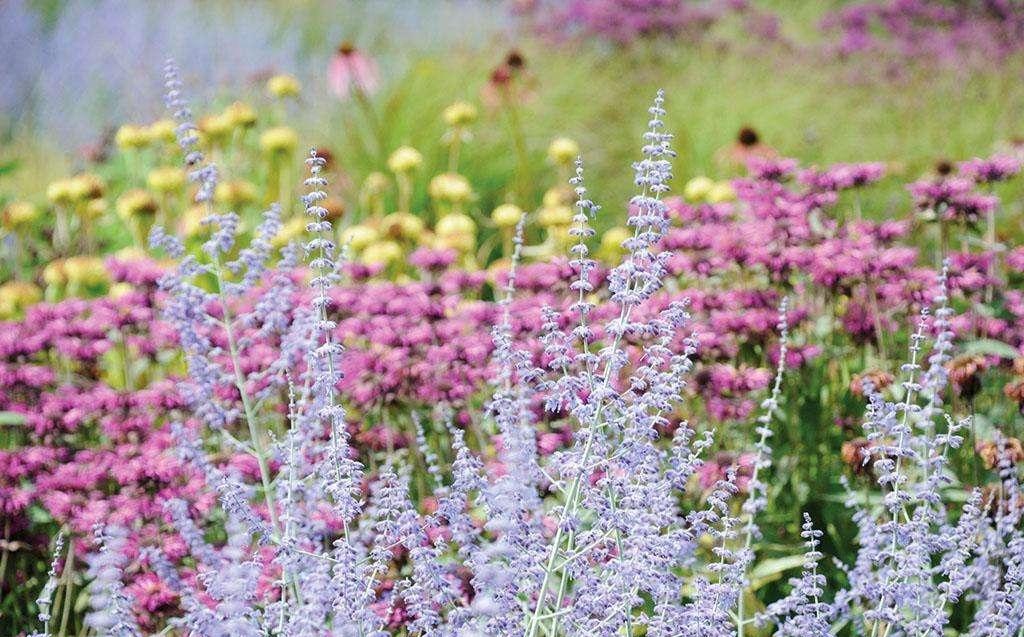
After Care
Regular watering helps Russian sage quickly establish in its new site. Water the Russian sage using a garden hose fitted with a spray attachment. Spray water over the root area until it begins to puddle, but avoid washing away soil. Through the rest of the growing season water Russian sage when the soil is dry to a depth of 2 inches. Russian sage grows sturdy, dense and upright if it is pruned in spring. Sterilize pruning shear blades by wiping them with a cloth that was dipped in rubbing alcohol, and prune all Russian sage stems to 6-inches tall in spring before new growth appears. Sterilize the pruning shears again after pruning.

Preparing the Site
Loosen the soil and add compost to prepare the new growing site before transplanting Russian sage. The soil for growing Russian sage must be loose to encourage water to drain. Mixing compost into the planting site also helps drainage, and provides evenly moist soil. At any frost-free time of year, loosen the soil in the new growing site to a depth of 12 to 15 inches using a garden fork. Spread a layer of compost 2 to 4 inches thick, and mix it into the soil with the garden fork.
Digging Up Russian Sage
Russian sage requires careful removal to minimize damage to its root system. Growing 3- to 5-feet tall and 2- to 4-feet wide, Russian sage can have an extensive root system, and some damage is unavoidable. Digging up the plant carefully is unlikely to cause serious harm. Push a garden fork into the ground about 1 foot from the Russian sage's central stem, and lever the end of the fork upward. Repeat this around the plant's base, slowly working the root ball out of the soil. Wear gloves when handling the plant, since the leaves may cause irritation or an allergic reaction. Lift the plant out, and put it down on the soil's surface. Break off excess soil in areas that contain no roots, to lighten the plant's weight.
Moving Russian Sage
Take the Russian sage to its new growing site immediately after digging it up to prevent its roots from drying out. Russian sage is drought-tolerant and low-maintenance and should suffer few problems from transplanting, but replanting it right away increases the chances of success. Dig a hole 2 1/2 feet wide and as deep as the depth of the Russian sage's root ball, which is usually about 1 foot. Place the plant in the hole so that it's level and sitting at its original growing depth. You may need to add or remove soil at the base of the hole. Fill in the gaps around the root ball with dug soil, and gently firm the plant in its hole.

After Care
Regular watering helps Russian sage quickly establish in its new site. Water the Russian sage using a garden hose fitted with a spray attachment. Spray water over the root area until it begins to puddle, but avoid washing away soil. Through the rest of the growing season water Russian sage when the soil is dry to a depth of 2 inches. Russian sage grows sturdy, dense and upright if it is pruned in spring. Sterilize pruning shear blades by wiping them with a cloth that was dipped in rubbing alcohol, and prune all Russian sage stems to 6-inches tall in spring before new growth appears. Sterilize the pruning shears again after pruning.
0
0








